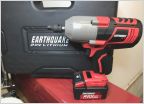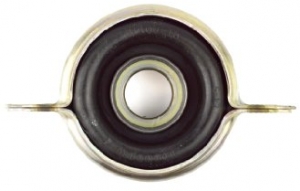-
Welcome to Tacoma World!
You are currently viewing as a guest! To get full-access, you need to register for a FREE account.
As a registered member, you’ll be able to:- Participate in all Tacoma discussion topics
- Communicate privately with other Tacoma owners from around the world
- Post your own photos in our Members Gallery
- Access all special features of the site
Still Randomly Stalling
Discussion in 'General Tacoma Talk' started by Bluethunder90, Aug 3, 2024.


 Help, wrong plugs?
Help, wrong plugs? 2023 bed liner
2023 bed liner Do you carry a impact driver or impact wrench in your vehicle toolkit?
Do you carry a impact driver or impact wrench in your vehicle toolkit? Where to look for used tacoma
Where to look for used tacoma No license plate light on new bumper
No license plate light on new bumper Best place to buy 2016 - 2023 Tacoma black 4x4 tailgate badge
Best place to buy 2016 - 2023 Tacoma black 4x4 tailgate badge












































































